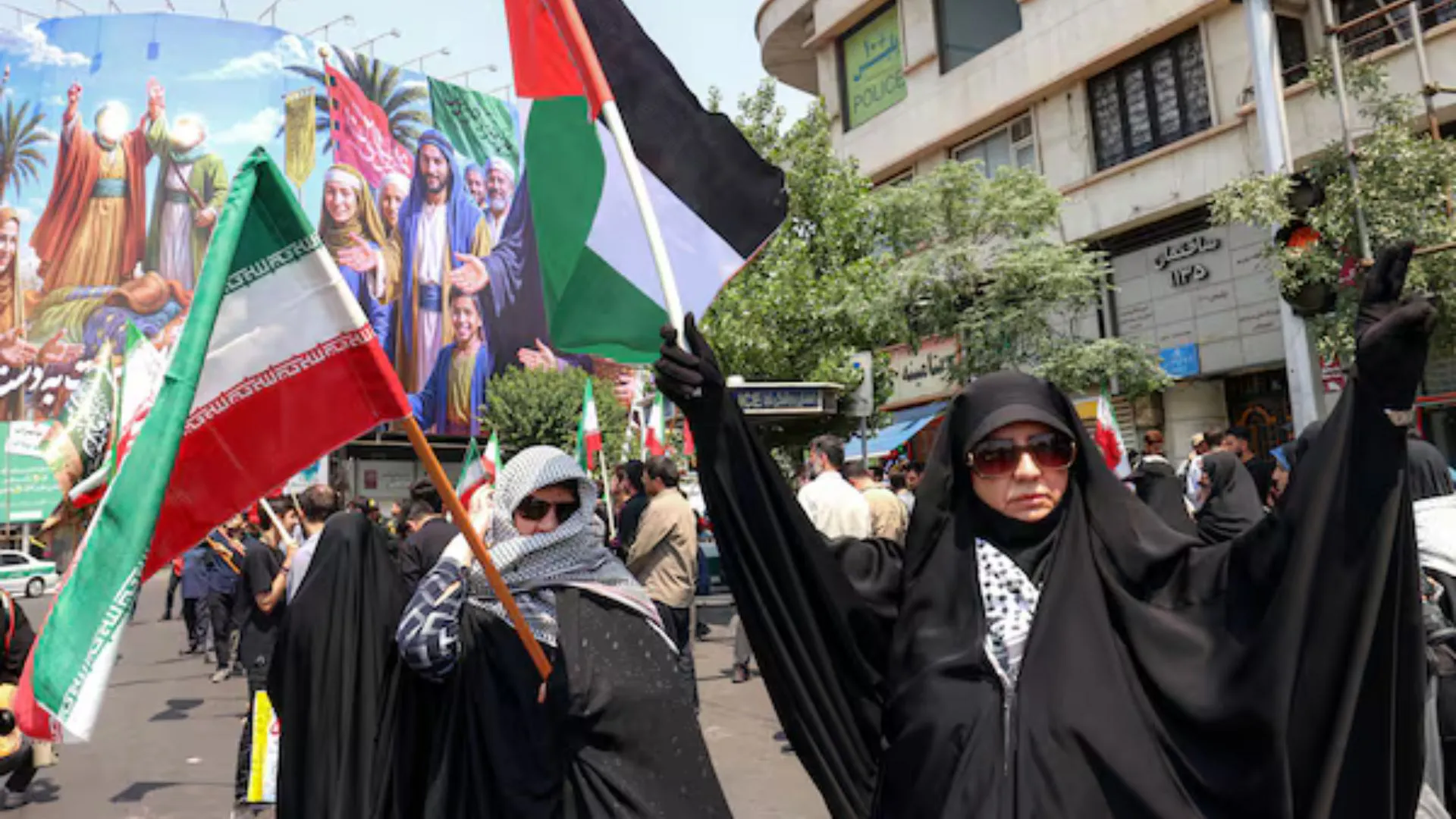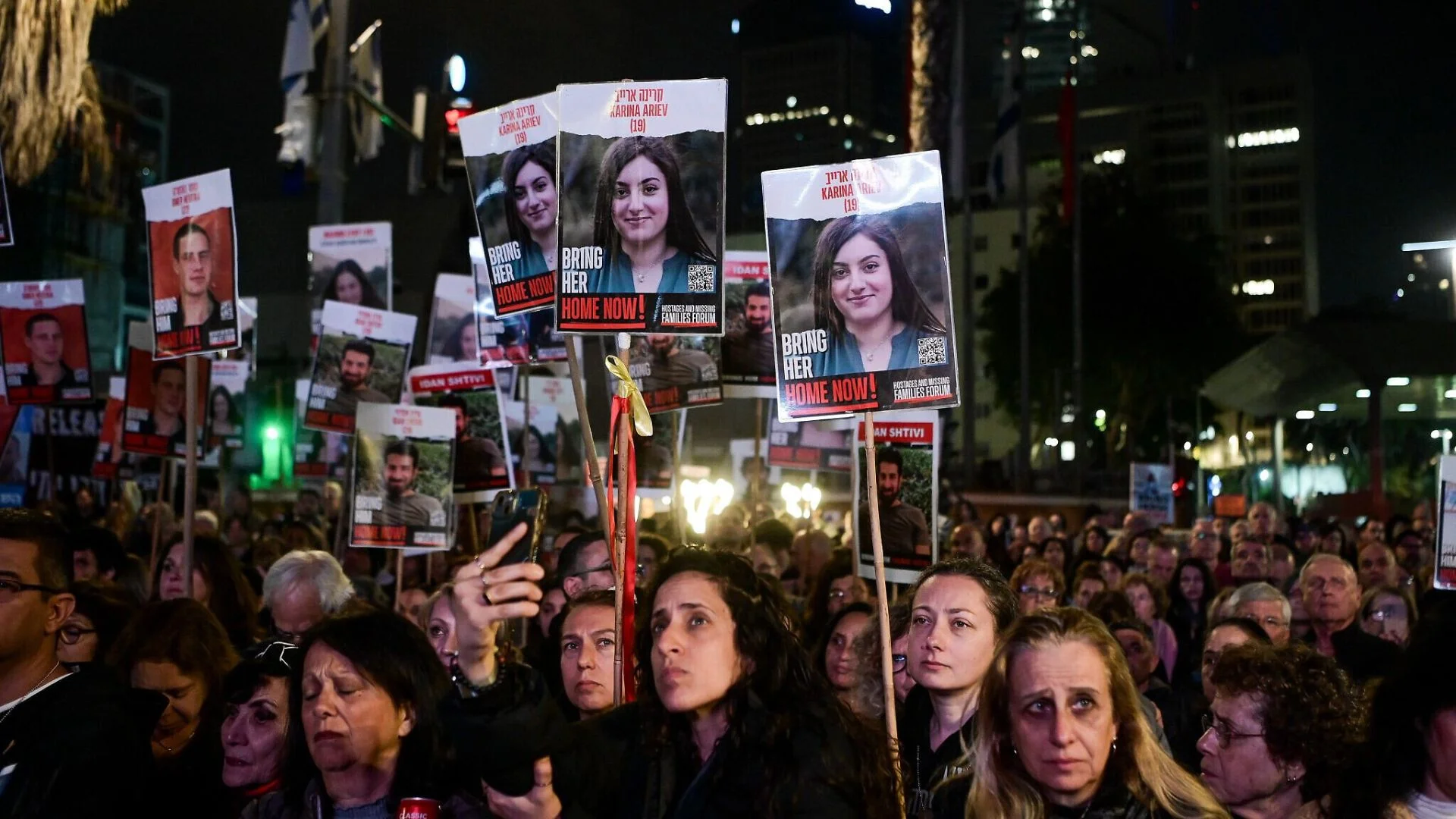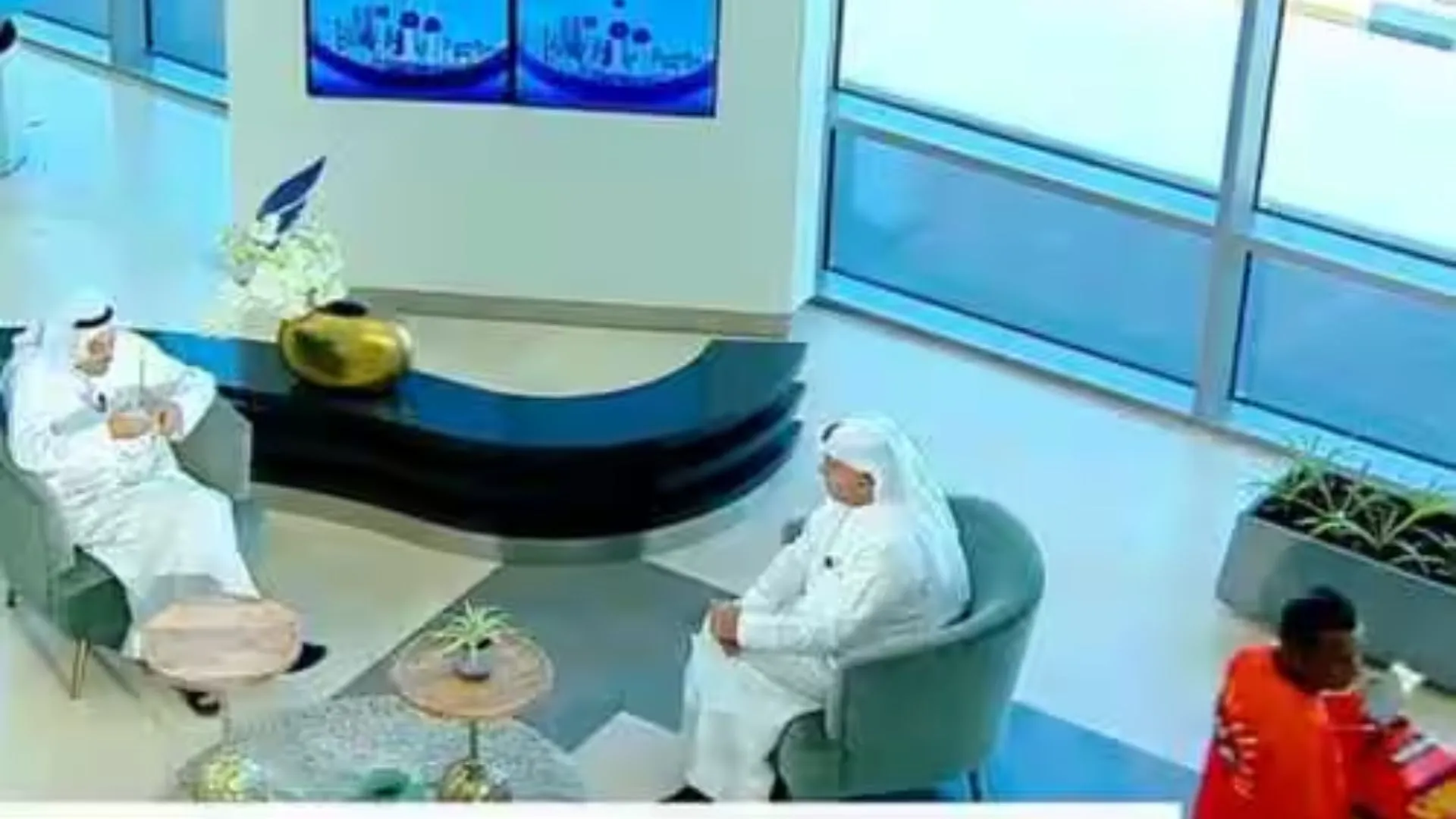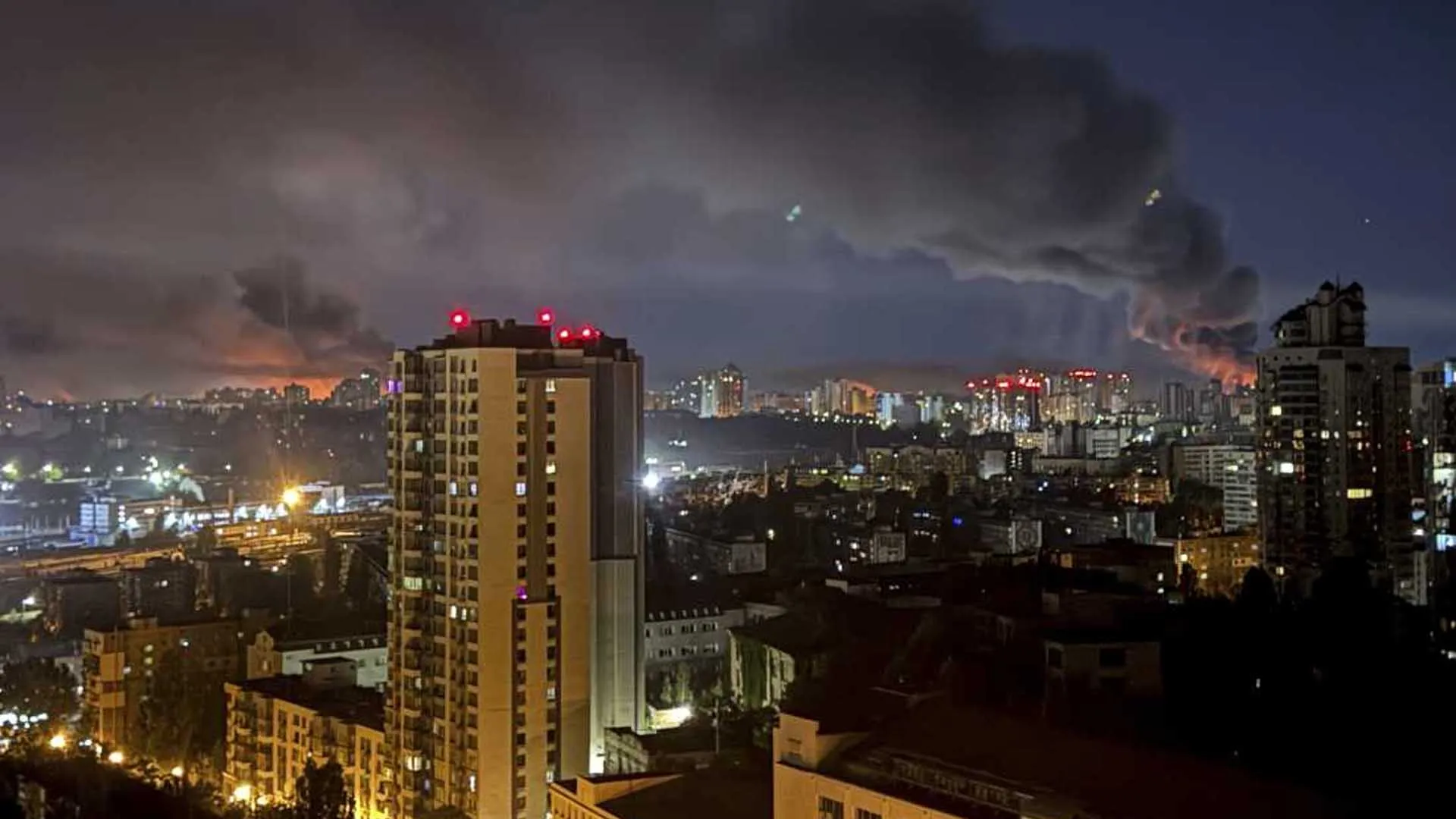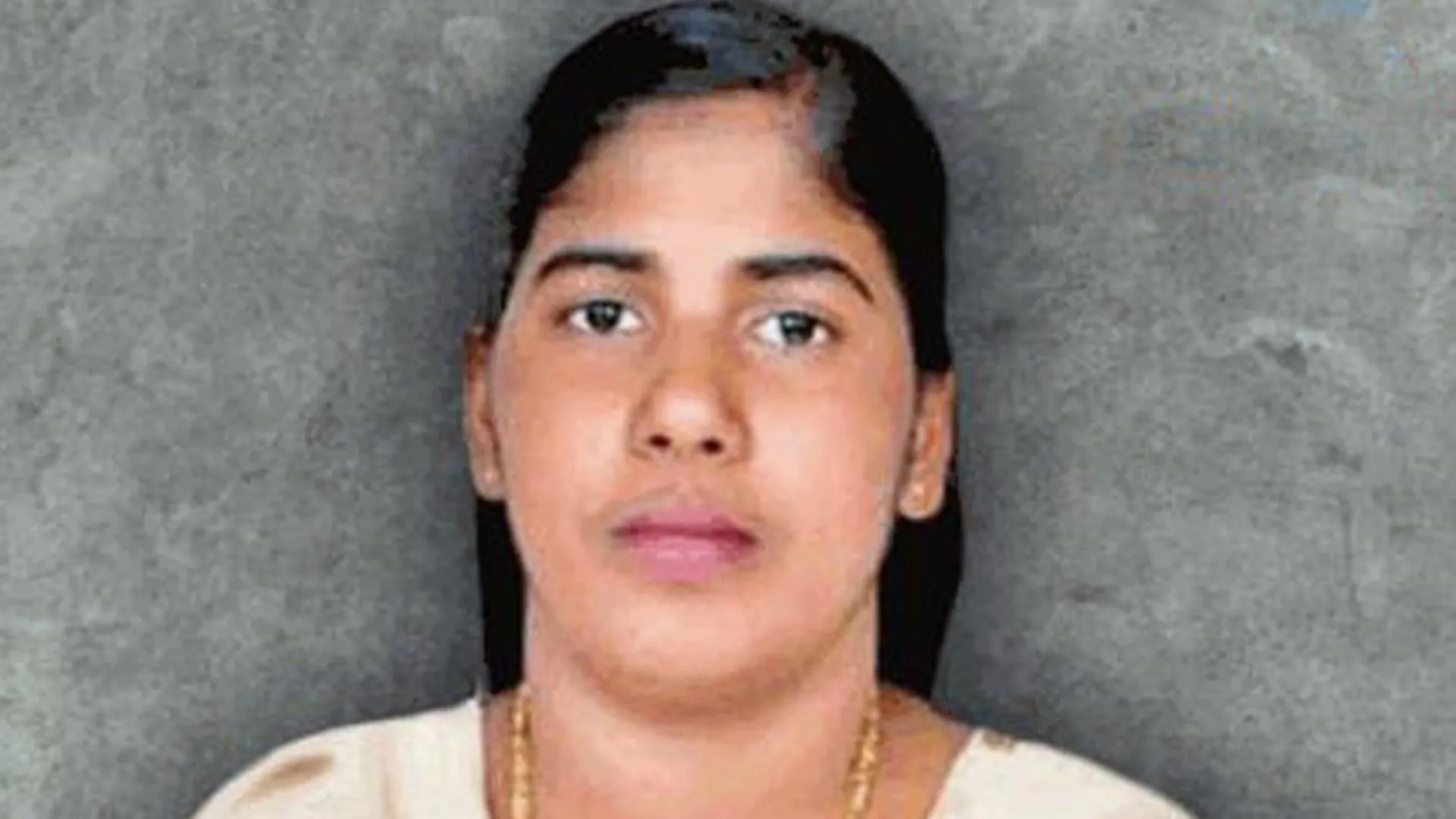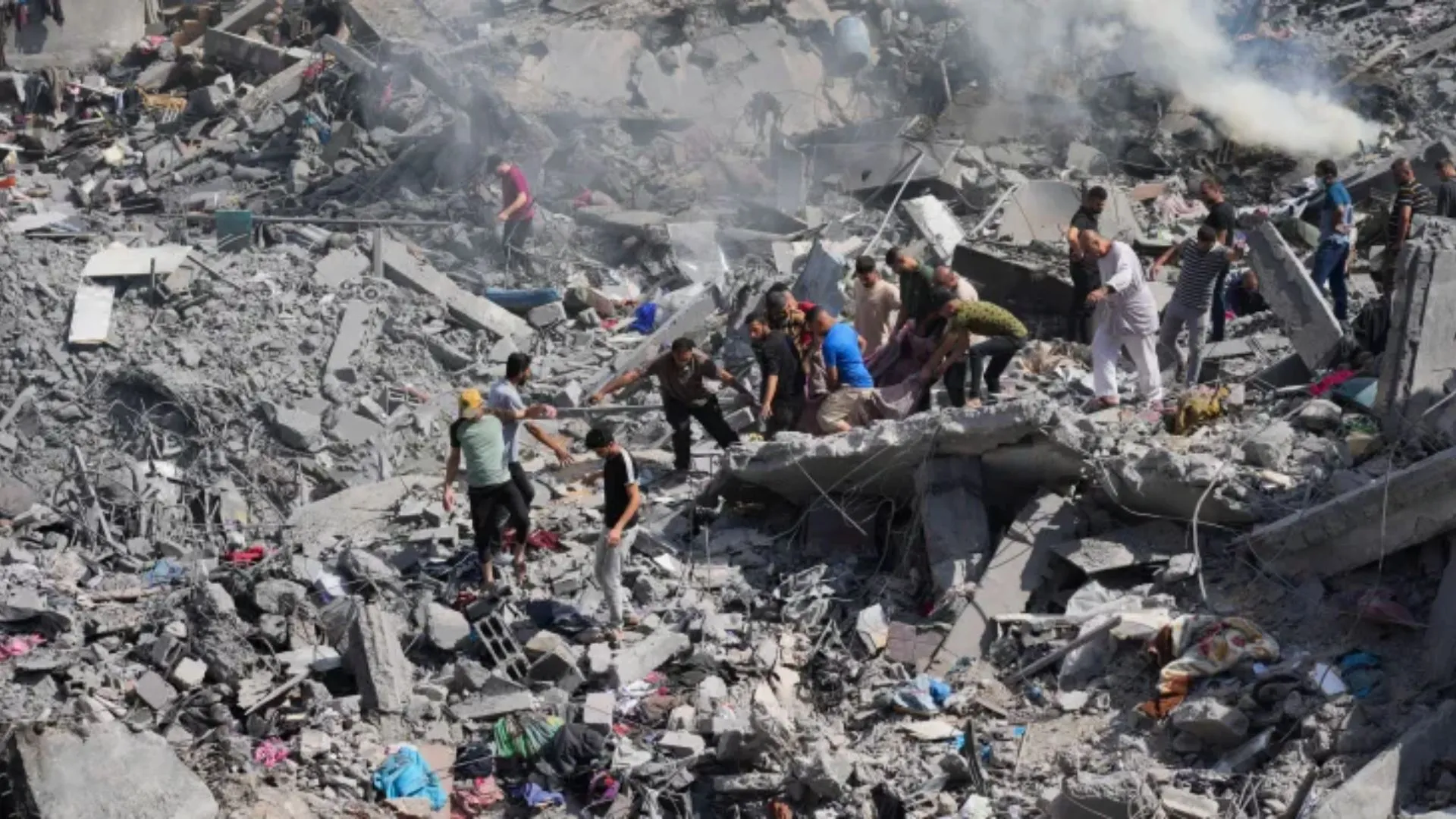At dawn on Friday, Israel conducted crippling airstrikes on Iranian nuclear and military sites, disabling main defence mechanisms and command networks. When Iran retaliated with counterattacks, the two countries formally joined direct conflict — a new precedent after decades of tensions mainly limited to the alleys of proxy wars.
This latest confrontation is the third instance of direct conflict in just over a year, though experts say it’s the most intense. Unlike previous exchanges, which left room for de-escalation, Israeli Prime Minister Benjamin Netanyahu’s recent offensive offers no such off-ramp.
From allies to adversaries: The 1979 turning point
Although commonly perceived as natural rivals, Israel and Iran had close bonds until 1979. Before the Islamic Revolution, Iran under its pro-West Shah collaborated closely with Israel in all fields such as defence, agriculture, and intelligence.
Avi Shlaim, in The Iron Wall: Israel and the Arab World, referred to Iran as the “jewel in the crown of the Alliance of the Periphery.” He stated, “Its shared border with the Soviet Union made Iran a front-line state in the Cold War.Iran also supplied oil to Israel.”
That ended when Ayatollah Khomeini took power in 1979, creating a theocracy that cemented opposition to the United States and Israel as a central ideology. Khomeini branded the U.S. the “Great Satan” and Israel the “Small Satan,” making Iran committed to destroying Israel.
Israel continued to seek relations after the Revolution
Even after the revolution, Israel attempted to keep up some kind of relationship with Iran. It even helped Iran during the Iran-Iraq War (1980–1988). But with Tehran ignoring its advances, Israel fell back on diplomacy, and the situation turned into a long-drawn-out proxy war.
Emergence of Hezbollah and Hamas: Iran’s proxy war playbook
In the 1990s, Iran started to support non-state militant groups such as Hezbollah in Lebanon and Hamas in Palestine — both of whom had Iran’s aim of eradicating Israel. Hezbollah became a powerful force, having thousands of fighters and large southern Lebanese real estate.
Major events during this time included:
1992: Hezbollah detonated the Israeli Embassy in Buenos Aires, and 29 were killed.
1994: The bombing of the AMIA Jewish center in Argentina killed 85, with Hezbollah again suspected.
2002: Western intelligence became aware of Iran’s nuclear ambitions.
2003–2006: Iran temporarily halted and then restarted its nuclear program.
2010 onwards: Israel initiated clandestine operations to kill nuclear scientists such as Mohsen Fakhrizadeh in 2020 and others such as Masoud Alimohammadi and Majid Shahriari.
The Soleimani attack and repercussions
In 2020, the U.S., aided by Israel, killed General Qasem Soleimani, commander of Iran’s Quds Force, in Iraq. Iran and its militia allies retaliated against U.S. targets in the region.
Israel-Iran clash breaks out in 2024
The war stepped out of the shadows in 2024, into full-scale military conflict. In response to the October 7 attacks, Israeli bombings of the Iranian consulate in Damascus killed senior IRGC leaders. Iran and its proxies retaliated by firing hundreds of missiles and drones at Israel. Israel was assisted in intercepting the attacks by a Western coalition that included the US, UK, France, Saudi Arabia, and others.
Retaliation, calibrated by Israel
In return, Israel ordered calibrated retaliatory attacks. In spite of the devastation, both sides made space for withdrawal.
Escalation persists with top-level assassinations
On July 31, Israel killed Hamas leader Ismail Haniyeh in a bomb attack in Tehran, within an IRGC guesthouse. On the same day, Hezbollah military commander Fuad Shukr was murdered in Beirut.
Iran issued a second wave of drones and missiles in October. Once more, a Western-supported defence shield held Israel back.
The coup de grâce: Israeli full-scale attack
Friday’s attacks constituted the most forceful Israeli action so far. According to military strategists, Israel has destroyed a majority of Iran’s air defence and crippled key infrastructure in its nuclear programme.
With no indications of retreating, Netanyahu has now moved to an openly offensive posture. Unlike previous episodes, this stage seems to have no diplomatic way out — bringing the region closer to extended conflict.

